A short history of Alfa Romeo

Alfa Romeo is a car manufacturer which is brimmed with heritage. It’s had a presence on our roads for decades and throughout that time has produced some of the most sought-after cars about.
But have you ever wondered how Alfa Romeo came into being and the kinds of vehicles it has produced over its lifetime? Here, we take a brief look at this Italian firm’s sparkling history.
A brand is formed
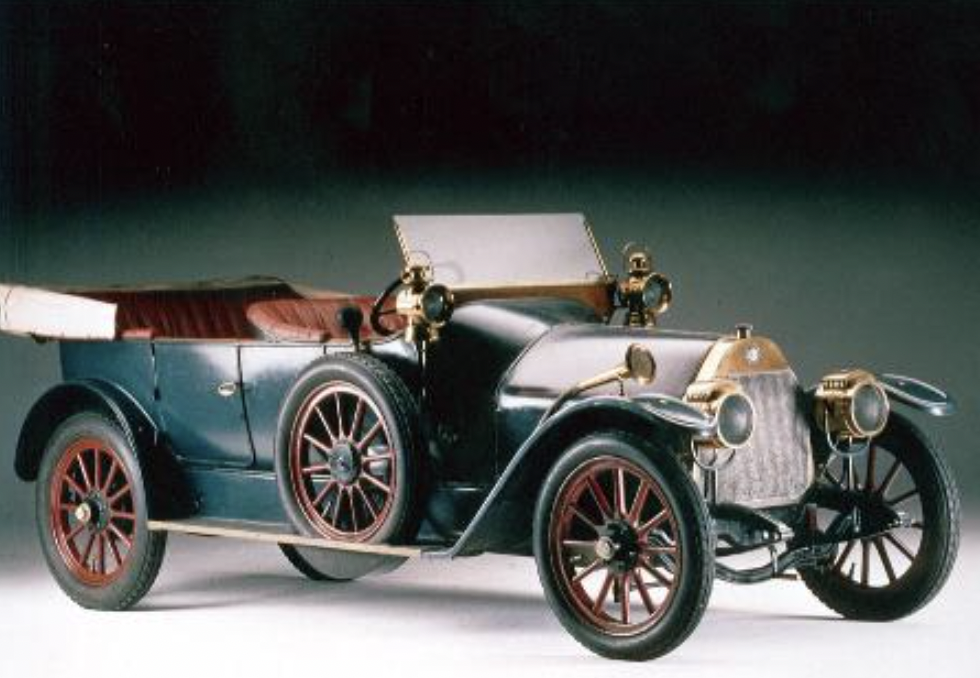
Back in June 1910 a collection of businessmen came together to take over the existing Italian Darracq automobile company. Based on the edge of Milan, Italy, this company was renamed Anonima Lombarda Fabbrica Automobili - or A.L.F.A. Things kicked off with the 24hp. Simple and effective, it was followed in 1912 by the 15-20hp while the 40-60hp arrived a year later.
Very quickly, Alfa gained a name for itself in motorsport with a number of its vehicles doing well in a variety of races.
A period of uncertainty
As with so many countries, Italy was massively affected by both the First and Second World Wars. In 1921, the Banco Nazionale di Sconto - the main shareholder in Alfa Romeo - collapsed, sending the brand into a period of difficulty.
However, in 1923, Alfa’s RL model performed admirably at the Targa Florio and sparked a period of sustained innovation at the firm. Much of this was driven by Alfa’s excellent reputation in motorsport.
More power for Alfa
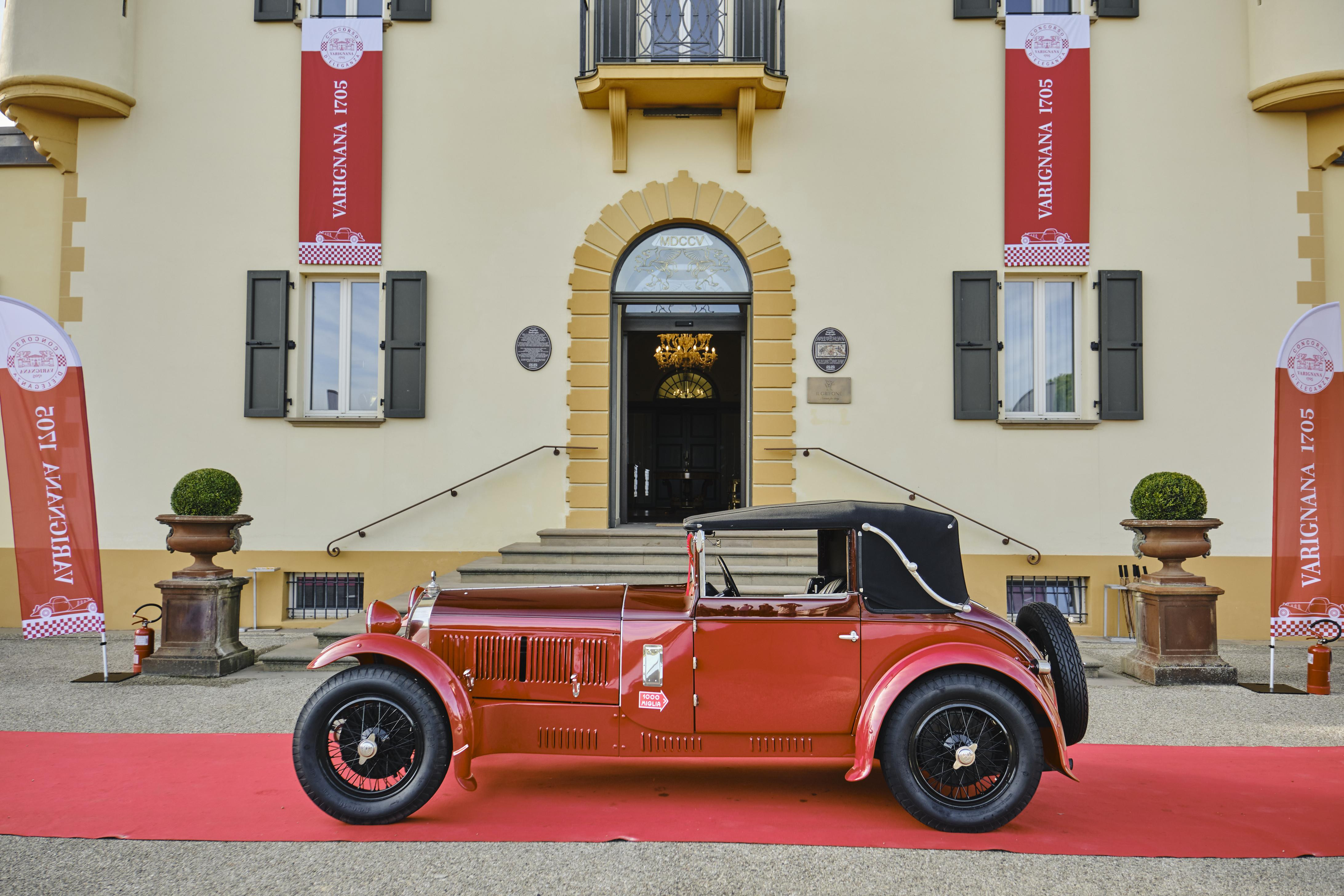
In 1939, Alfa unveiled something pretty special - the 135. It was powered by a twin-row 18-cylinder aeroplane engine with close to 2,000bhp and doing so helped boost the brand’s production and workforce numbers.
Due to the ongoing conflict, production cars largely took a back seat for Alfa and it wasn’t until 1946 that cars started to be produced with the 6C 2500 being one of the first models to head off the line. It was followed by the release of the 1900 in 1950.
Alfa goes open-topped
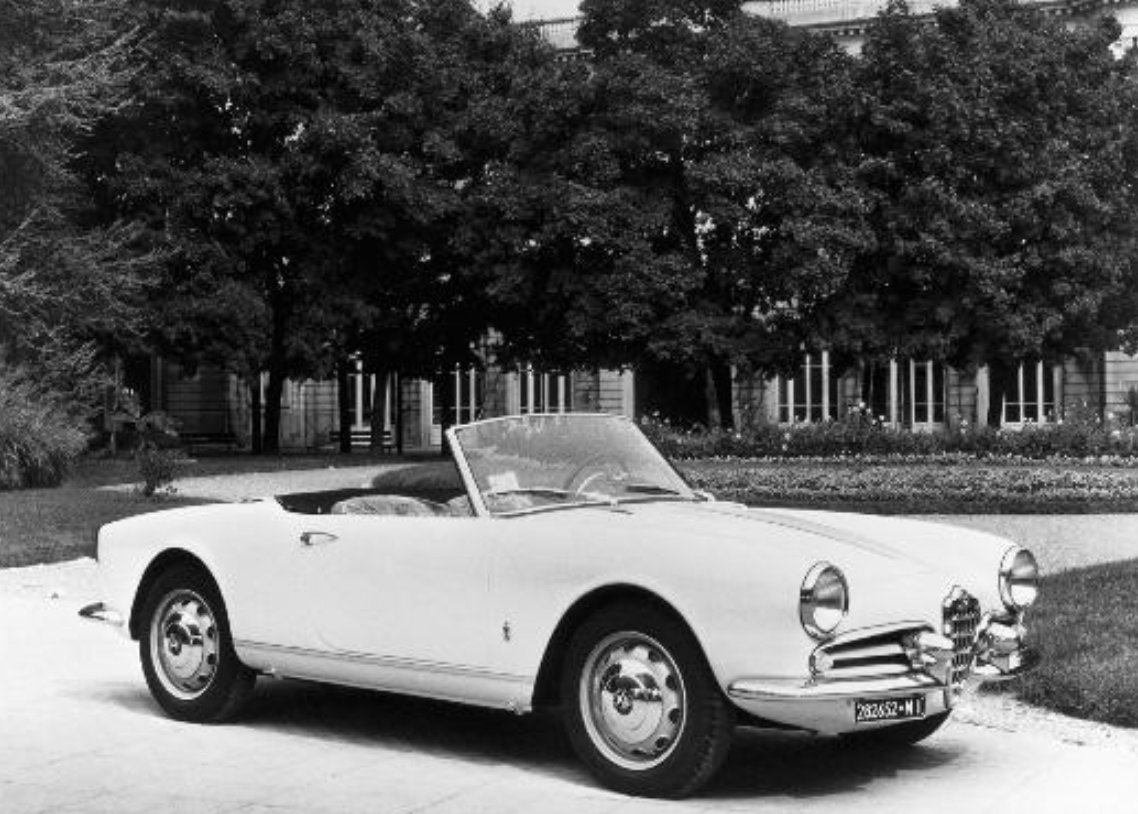
Alfa is a brand that is well known for its convertibles and in 1955 one of its most recognisable models was produced - the Giulietta Spider. It was built due to increased demand from an American importer, in fact.
These 1300-powered models were a huge hit for Alfa and came to define the brand during this time period.
The 60s spark more innovation for Alfa
The 1960s were a big period of change for Alfa. It built a new production site at Arese, while the famous track at Balocco. In 1962, the Giulia arrived and really pushed Alfa into the mainstream. In fact, more than 14 million examples went to owners across 14 years, making it one of the most successful Alfas of the period.
In 1966, Dustin Hoffman put an Alfa into the limelight when he appeared behind the wheel of Spider 1600 in The Graduate.
Fiat Group comes into the picture
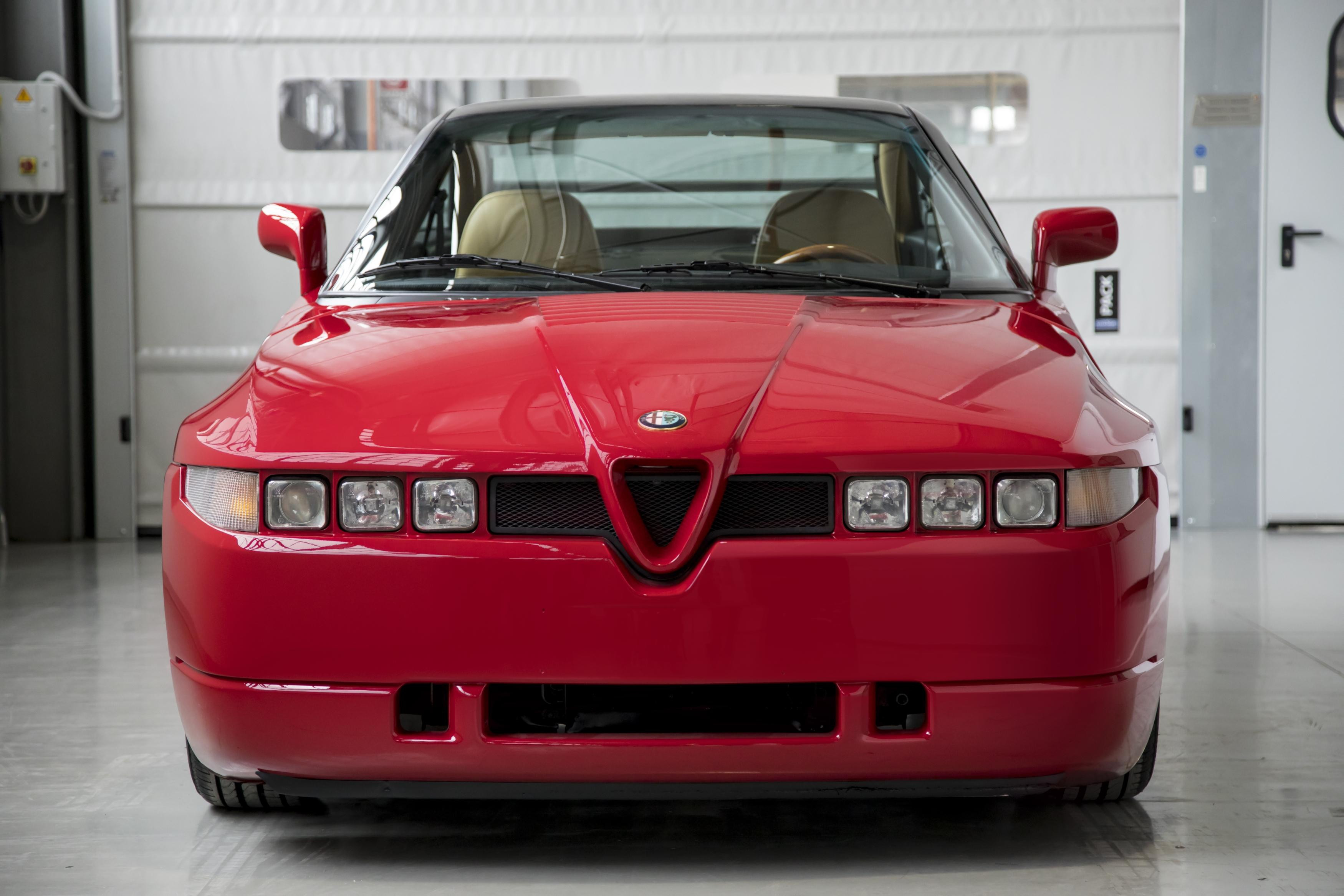
In November 1986, Alfa Romeo came under the ownership of Fiat Group which would establish a partnership that has run to the current day. The 80s saw the arrival of a number of now-iconic Alfa models, too, including the GTV, SZ and RZ.
The 156 saloon also made a big impact in the late 90s while things took a more practical take with the launch of the 156 Sportwagon.
A more modern Alfa Romeo

The 2000s showed Alfa in a more modern light. The 159 appeared in 2005 at the Geneva Motor Show, while the Brera concept brought some classic Alfa touches with some more modern underpinnings.
A Brera Spider continued to famous convertible name, too. The 8C also arrived as flagship for the brand and delivered one of the most striking designs we’d seen from Alfa, while a Spider version was also produced. Alfa also entered into the compact hatch segment with the Mito, too, which stood out thanks to its striking look and feel.
Today’s Alfa
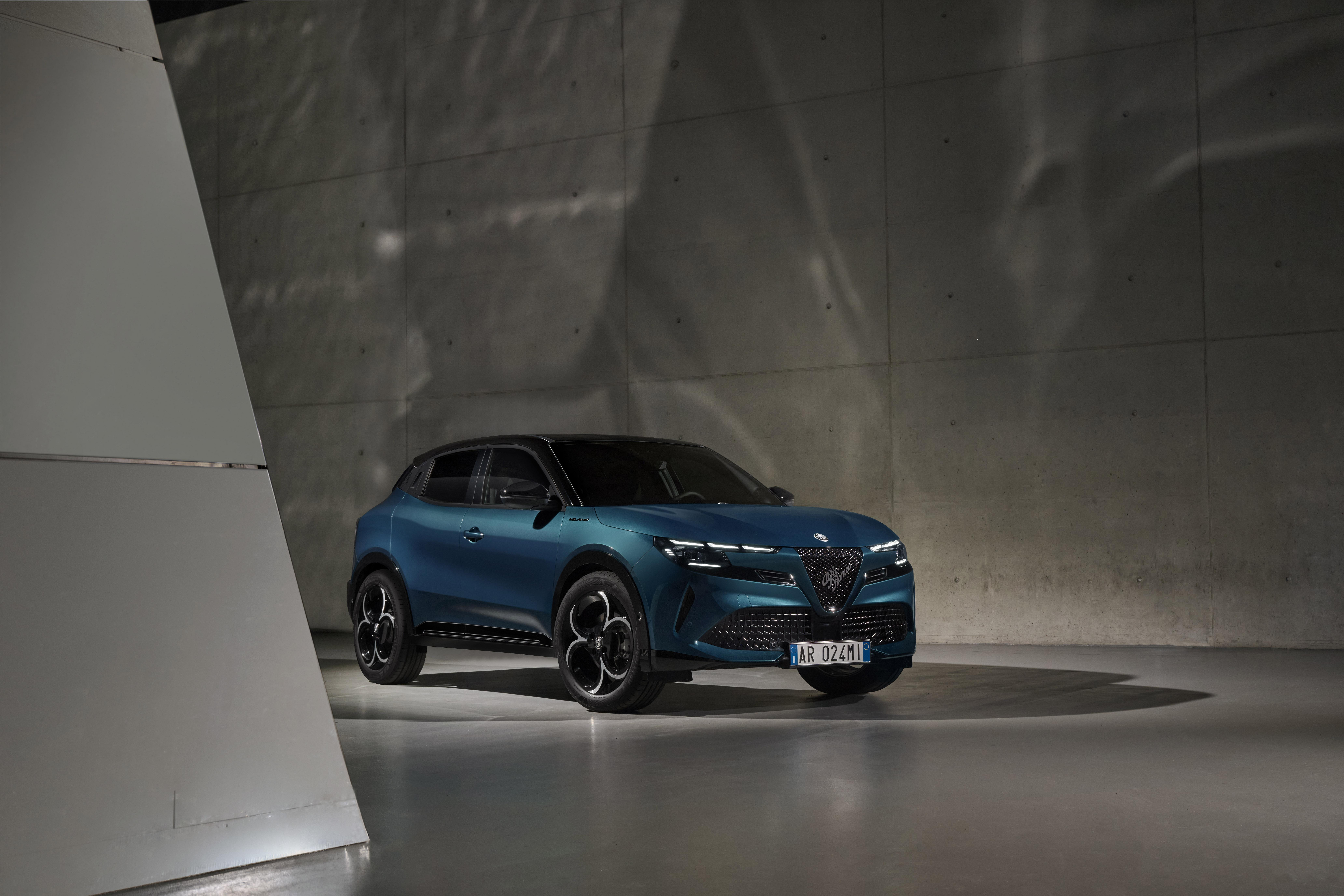
In 2013, Alfa unveiled the compact 4C - which almost brought the look and feel of the 8C - which arrived with impressively low weight and a focus on driver involvement. The modern-day Giulia also came shortly after as Alfa’s entry into the ever-popular saloon car class, while a top-spec Quadrifoglio model delivered the high level of performance you’d expect from an Alfa Romeo.
Later on Alfa saw introduced its first SUV - the Stelvio - while it has recently gone electric with the brand-new Junior, which marks the start of a new electrified future for the brand.


















